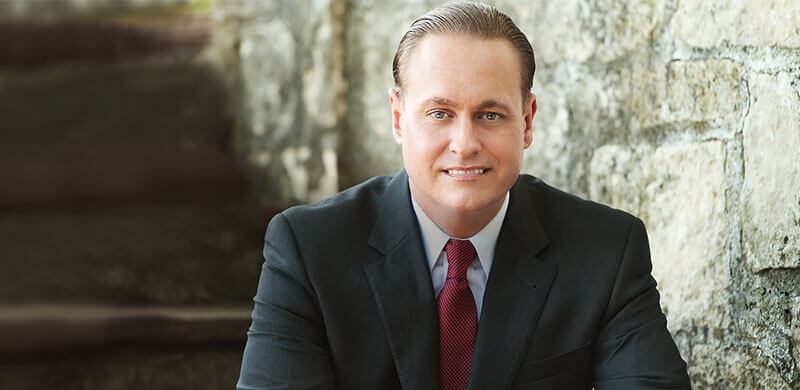You may not think twice before letting a friend or family member borrow your car. If that person gets into an accident while driving your vehicle, however, it is you who must deal with the insurance process. Find out what to expect from your insurance company if you were not the one driving your car in an accident.
Insurance Covers the Car, Not the Driver
It is a common misconception that the auto insurance a driver pays for covers the driver. In reality, auto insurance covers the car. This means no matter who was driving your vehicle, your car insurance company has to pay for damages. Unfortunately, this can mean paying a large deductible and dealing with an increase in your insurance premium – even if you were not the driver involved in the accident.
First-Party vs. Third-Party Insurance Claim
In Texas, the car insurance of the party at fault for causing the collision is financially responsible for damages. If your friend was at fault for causing the crash, therefore, your auto insurance company will pay for victims’ medical bills and property repairs. You will need to file a first-party insurance claim with your own insurance provider for coverage. How much your insurance company pays for the accident will depend on your policy.
If you only have the minimum required amount of liability insurance in Texas, your insurance carrier most likely will not pay to repair the damage to your own vehicle. The minimum required amounts of automobile insurance only pay for the damages of others in a crash. You must have an additional form of coverage, such as collision or comprehensive insurance, for coverage for your own car. If you do not have this insurance, the insurer of the person you let use your car should pay for your losses.
If the person you let borrow your car was not at fault for the accident, you will seek financial compensation from the auto insurance carrier of the at-fault party. You will file what is called a third-party insurance claim against the other driver’s carrier in pursuit of compensation for medical bills and vehicle repairs. In this scenario, your own insurance premiums should not increase, as your company did not pay for the damages.
Primary and Secondary Insurance Coverage
A car accident when someone else is driving your car may involve both primary and secondary insurance. Primary insurance coverage is your insurance policy as the vehicle’s owner. Secondary insurance is the automobile policy of the person who was driving your car. As the owner of the vehicle, your insurance policy will provide the primary (first) coverage for related losses. If you do not have enough insurance to cover 100% of the damages, the driver’s liability insurance will provide secondary coverage.
For example, if the victim of the car accident suffered $35,000 in medical expenses but your auto insurance policy only covers up to $30,000, the person who was driving your vehicle will cover the remaining $5,000 through his or her auto insurance policy. Primary and secondary auto insurance work together on cases involving a vehicle owned by one party but driven by another to fully cover a victim’s losses.
Potential Challenges With Your Claim
For the most part, your auto insurance company will cover someone else driving your car. If, however, the person driving your car did not have your permission to do so, such as in an incident of theft, your insurance may not cover the driver. Coverage would come from the at-fault driver’s insurer instead.
If you are guilty of negligent entrustment, you could also encounter challenges. If you knowingly allowed an intoxicated individual or unlicensed driver to drive your car, for example, someone injured in a subsequent accident may be able to hold you personally responsible for the collision as well as seek damages from the at-fault driver’s insurer.
Due to the complexity of these types of cases, it is wise to
consult with a
San Antonio car accident attorney to discuss your rights. An attorney can help you navigate the insurance claims process in San Antonio.





















